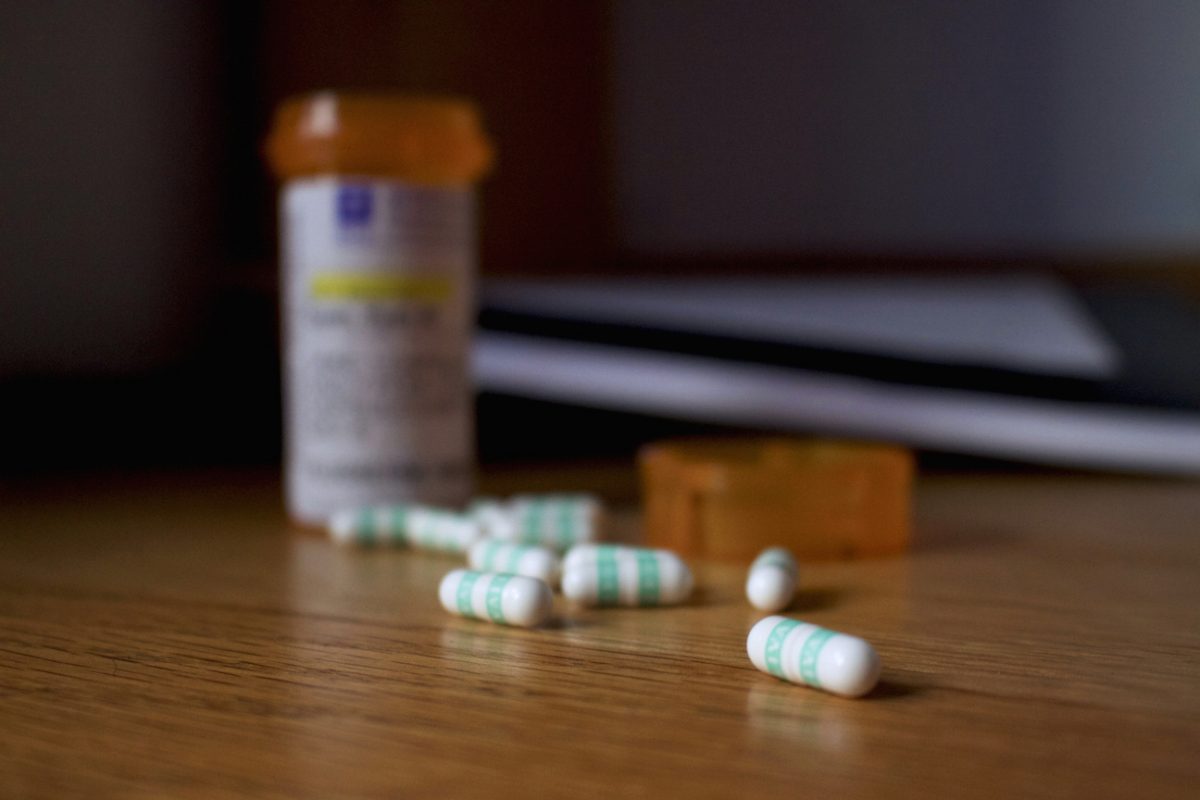Your Ecstasy Might Include Traces of Bath Salts
An NYU study finds that unintentional drug use is still a problem in many EDM party scenes.
October 4, 2017
Electronic Dance Music concert-goers may not exactly pick their poison, according to a recent study by NYU researchers that reveals the inadvertent consumption of drugs at EDM parties.
The study titled “Hair testing to assess both known and unknown use of drugs amongst ecstasy users in the electronic dance music scene” was conducted in August using sample strands of individuals’ hair. This method can trace drug use that occurred months, even years, earlier.
According to Joseph Palamar, an associate professor in NYU’s Department of Population Health and the primary investigator of the study, this is very different from drug tests conducted using blood samples because ecstasy leaves the bloodstream in just two to three days.
The tests, done only on self-reported users of ecstasy who attend EDM parties, found that 74.4 percent of participants tested positive for ecstasy. Fifty-one percent of participants tested positive for drugs they did not report using. These drugs included many types of bath salts, some of which can be dangerous.
“A lot of people are getting poisoned by what they think is ecstasy,” Palamar said.
“It’s terrible,” a recent Tisch graduate involved in the EDM scene who wished to remain anonymous said. “People think they are taking one thing but are taking something else. Unless you’re getting the ecstasy from someone who you trust, or you have a drug test kit, you’re taking a risk.”
Despite his negative reaction, he says that the results of this study do not surprise him. He also thinks that any effects on students’ decisions will be minimal.
“People want to experiment and most will take a risk,” he said. “Perhaps they’ll take extra steps to make sure they’re getting the ecstasy from a trustworthy source.”
This study is relatively unique. Palamar said some European companies test drugs for content to see what is actually mixed in with them, but there are not really any studies of this kind in the United States.
Palamar’s inspiration for this study originated during his own college years, during which he witnessed the underground music scene. He also knows that the risks surrounding ecstasy use are serious and hopes that this study will help students become more informed.
“I really care about the students, and it is young adults who are at the highest risk,” Palamar said in reference to the fact that many students do not know the true contents of the drugs they are consuming.
The EDM scene at NYU, while large, is not as big as those at other schools, according to the anonymous source.
“I’m sure there’s plenty of students who have tried ecstasy once, but I don’t think there’s a large percentage that uses ecstasy regularly,” he said.
Email Helen Crosby at [email protected].


























































































































































